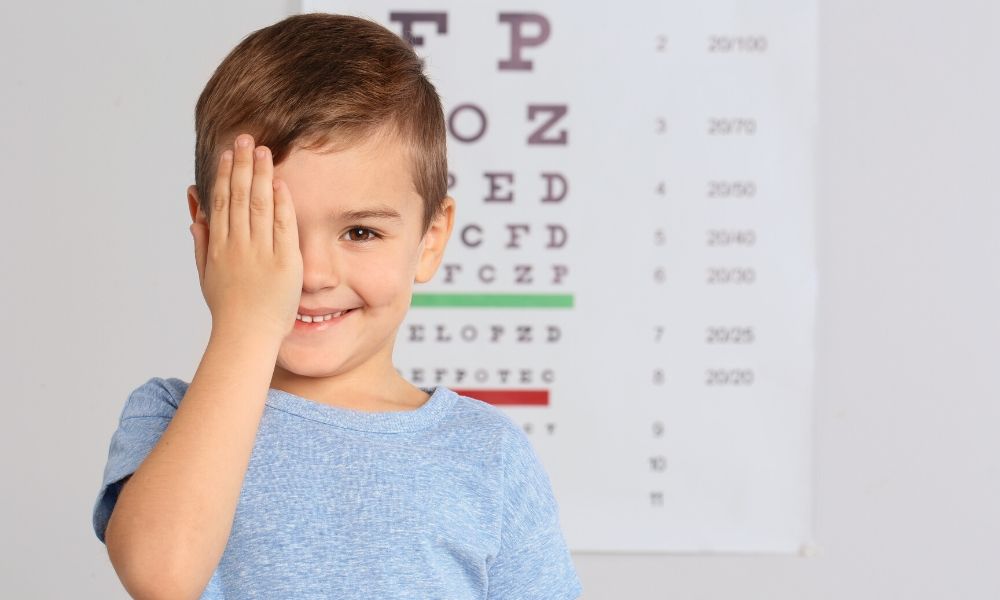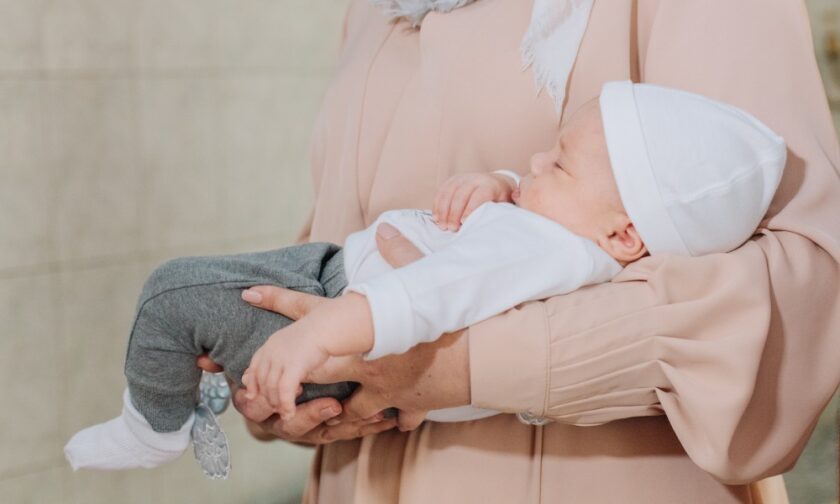It’s not easy having a child with special needs. Whether it’s a physical or mental health issue, keeping your child healthy requires time and patience. This includes basic medical check-ups. To make your life easier, you should get children to a medical professional when they’re young, and that includes eye care professionals. Find out everything you should know about children’s eye exams so that you know what to expect before your next trip.
Why They are Important
Eye exams are important regardless of your age, but they’re especially important for young children. Eye problems can develop quickly and at any age, so it’s ideal to check for eye issues before problems develop. Most parents assume an eye exam just checks if their child needs glasses, but they can test for other issues such as crossed eye, lazy eye, color blindness, astigmatism, or other major issues. Eye exams should also be a part of any general health check-up, as vision plays a critical role in learning development and physical performance. Students with special needs may also need corrective eyewear or vision treatment to see better in the classroom. If you notice your child displays symptoms like delayed motor function, frequent eye rubbing, failure to maintain eye contact, poor eye tracking skills, or any other signs, then you should get them to the eye doctor. While children with special needs likely display these symptoms with other motor issues, it’s still a great idea to get an exam.
When to Get Tested
You should get your child’s eyes tested sporadically throughout their development. Get children tested from infanthood to their teenage years. Exams used for infants and toddler rely on objective tests. These target acuity and fixation, alignment, eye coordination, eye diseases, need for glasses, eye pressure, and assessing the front and back tissue. Your special needs child, especially when they’re young, may not feel comfortable with all these tests, so do your best to prepare them in any way you can. Optometrists will test vision with more subjective measurements as your children get older. This includes a refraction test, color vision test, eye alignment test, depth perception test, and a back and forth eye tissue test.
What They are Testing For
There are numerous issues optometrists test for. The most common is refractory issues where your child needs glasses or contact lenses to correct their vision. Putting glasses or contact lenses on a child on the autism spectrum may prove more difficult because life changes may upset them. Be patient and understand that it will take time to adjust. Eye exams also test for certain diseases/disorders. They test for nearsightedness, farsightedness, astigmatism (which is when the corneas are misshaped), amblyopia (lazy eye), strabismus (misalignment of eyes), convergence insufficient, poor depth perception, color blindness, and physical issues like eye discharge or swelling. All of these can affect your child’s vision and focus.
What the Results Mean for Your Child
Understanding the results of your child’s exam is crucial for their health and growth. An optician will give your child the best corrective lenses with their proper prescription. Eyewear shouldn’t just stop at one pair of glasses, though. In fact, there are numerous types of lenses available to best suit your child. Also, it’s considerably better to catch issues, like lazy eye, as soon as possible to get corrective vision therapy.






